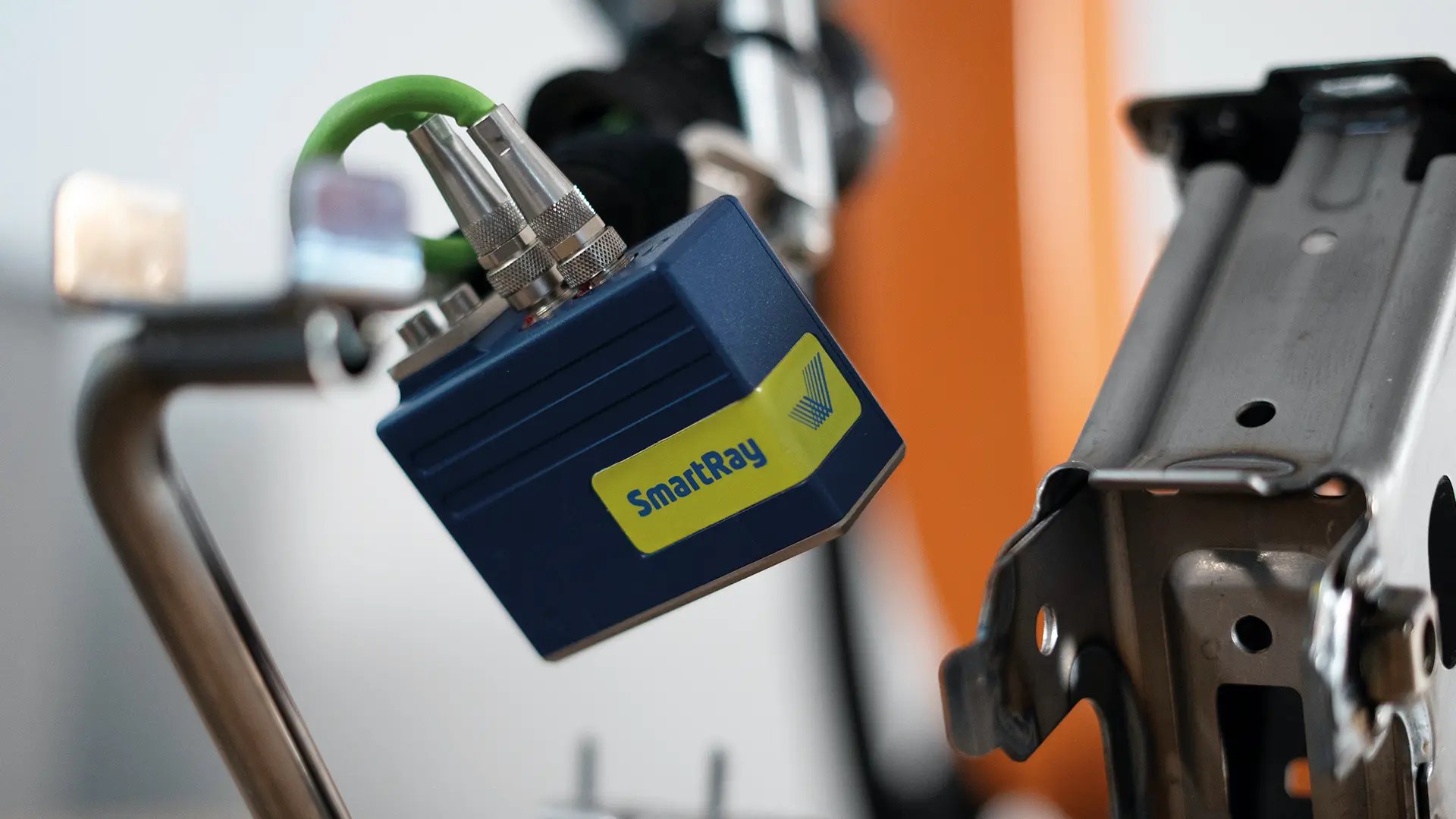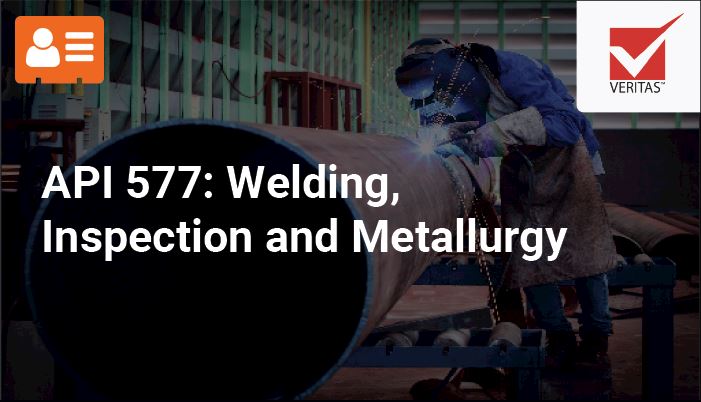Discovering the Right Provider for Welding Inspection Madison: Key Considerations
Discovering the Right Provider for Welding Inspection Madison: Key Considerations
Blog Article
Exploring Advanced Equipment and Approaches for Accurate Welding Evaluation
In the realm of welding assessment, the search of accuracy and reliability is extremely important, spurring the advancement of innovative devices and methodologies. Technologies such as phased range ultrasonic testing and electronic radiography are transforming problem detection, providing unparalleled precision in defining welding imperfections. Moreover, laser scanning developments and automatic evaluation systems, geared up with artificial knowledge, are redefining the landscape by minimizing human error and enhancing safety actions. As these sophisticated techniques proceed to develop, they assure not only to transform assessment practices yet likewise to elevate appealing questions concerning the future of quality control in commercial applications.
Ultrasonic Checking Innovations
Ultrasonic screening innovations often stand for the forefront of improvements in welding inspection innovations. These technologies have substantially boosted the capability to detect and examine discontinuities within welded frameworks, making sure boosted integrity and security - Welding Inspection Madison. Ultrasonic screening uses high-frequency acoustic waves to pass through materials, supplying thorough information concerning internal functions without causing damage. The most up to date advancements in this area have actually concentrated on raising accuracy, rate, and the ability to interpret complex data.

Additionally, innovations in software application algorithms for data evaluation have actually enhanced the precision of defect discovery and sizing. Automated ultrasonic screening systems now use high-resolution imaging, enabling in-depth evaluations of weld quality. These systems are commonly integrated with sophisticated visualization devices, which facilitate the interpretation of outcomes.
Radiographic Assessment Strategies
While ultrasonic screening innovations have actually established a high criterion in non-destructive exam, radiographic inspection methods proceed to play an essential function in welding examination by offering unique insights right into product honesty. Radiographic testing (RT) utilizes using X-rays or gamma rays to penetrate materials, creating a radiograph that visually represents the internal structure of a weld. This imaging ability is very useful for discovering subsurface issues such as porosity, inclusions, and fractures that might not show up with surface area inspections.
The process involves placing a radiation source on one side of the weld and a detector on the opposite side. Variations in product density and thickness impact the attenuation of the rays, creating a different picture that exactly defines defects. RT is especially beneficial for examining complex geometries and thick sections where other techniques may fall brief.
Regardless of its efficiency, radiographic assessment must be conducted with strict adherence to security procedures due to the unsafe nature of ionizing radiation. The analysis of radiographs needs skilled employees, as the high quality of the evaluation directly influences the dependability of the evaluation. Ongoing improvements in digital radiography are improving photo clarity and analysis efficiency, strengthening RT's critical function in making certain weld high quality.
Laser Scanning Advancements
Welcoming laser scanning innovation in welding inspection has changed the evaluation of weld top quality and honesty. This advanced technique supplies a non-contact, high-resolution ways of recording detailed 3D data of weld surface areas. Unlike typical assessment strategies, laser scanning offers fast data purchase, dramatically enhancing the effectiveness and accuracy of weld examinations. The modern technology employs laser beams to produce accurate 3D designs, which are crucial for in-depth analysis of weld dimensions, surface irregularities, and potential defects.
Laser scanning developments have resulted in significant improvements in spotting and characterizing surface area problems such as porosity, lack of fusion, and damages. The high-resolution information allows inspectors to perform thorough evaluations, making certain that welds satisfy strict sector criteria. This technique supports the growth of digital documents, assisting in long-term top quality best site assurance and traceability.
Additionally, laser scanning innovation integrates seamlessly with software program services made for automated flaw detection and evaluation. The resultant information can be quickly shared and reviewed, promoting joint decision-making processes. As markets remain to demand greater standards for weld high quality, laser scanning continues to be at the leading edge, supplying unmatched precision and effectiveness in welding inspection.
Automated Assessment Equipments

Automated assessment systems provide the advantage of uniformity, eliminating human mistake and subjectivity from the assessment procedure. They are developed to operate in different atmospheres, from manufacturing floors to remote area sites, guaranteeing comprehensive insurance coverage. Welding Inspection Madison. These systems can be configured to comply with specific welding criteria and requirements, providing thorough records and documentation for quality control objectives
Additionally, the integration of cloud-based systems facilitates the storage space and analysis of substantial amounts of inspection information. This enables pattern analysis and predictive upkeep, allowing suppliers to attend to potential problems prior to they escalate. The fostering of automated assessment systems is a critical step towards improving the integrity and efficiency of welding processes in commercial applications.

Enhancing Security and Effectiveness
A significant aspect of improving safety and security and efficiency in welding assessment hinges on the combination of ingenious innovations that simplify procedures and minimize threats. The fostering of sophisticated non-destructive screening (NDT) techniques, such as ultrasonic testing, phased range ultrasonic testing (PAUT), and radiographic screening, plays a crucial duty in making sure structural integrity without compromising the safety and security of the workers included. These techniques allow for extensive inspections with minimal downtime, lowering possible risks associated with traditional from this source approaches.
Moreover, the application of real-time information analytics and equipment knowing algorithms has actually transformed the way examination data is interpreted. By using predictive analytics, possible flaws can be identified prior to they manifest right into important failures, making certain prompt treatments and maintenance. This aggressive technique significantly boosts operational performance and safety in welding procedures.
Moreover, remote assessment technologies, including drones and robot spiders equipped with high-resolution video cameras, make it possible for inspectors to evaluate hard-to-reach locations without revealing them to dangerous problems. This not just enhances assessment accuracy but likewise minimizes human danger. By leveraging these sophisticated tools and approaches, sectors can attain greater safety and security criteria and functional effectiveness, ultimately resulting in even more reputable and lasting welding inspection practices.
Conclusion
The integration of innovative tools and methods in welding inspection dramatically enhances problem discovery and guarantees structural stability. These advancements not just boost evaluation performance however also add to enhanced safety and security and quality guarantee in industrial welding applications.

Ultrasonic screening developments regularly represent the center of developments in welding inspection innovations.While ultrasonic testing technologies have actually set a high requirement in non-destructive examination, radiographic assessment techniques proceed to play an essential function in welding evaluation by offering one-of-a-kind insights into product integrity.Accepting laser scanning modern technology in welding inspection has changed the assessment of weld high quality and stability. As markets proceed to require higher standards for weld high quality, laser scanning stays at the center, supplying exceptional precision and performance in welding examination.
Automated inspection systems provide the advantage of uniformity, removing human mistake and subjectivity from the examination procedure.
Report this page